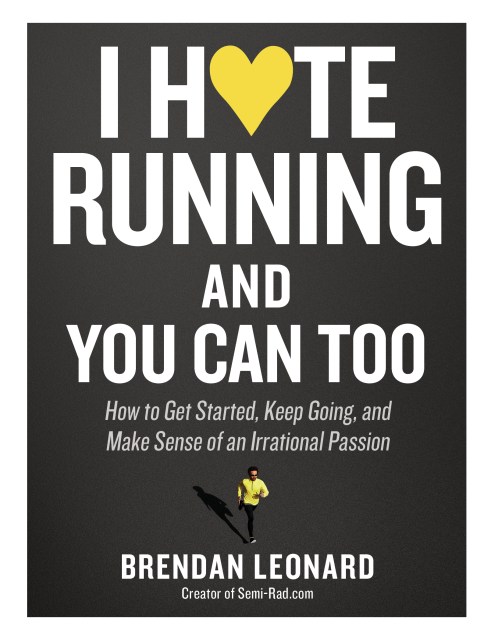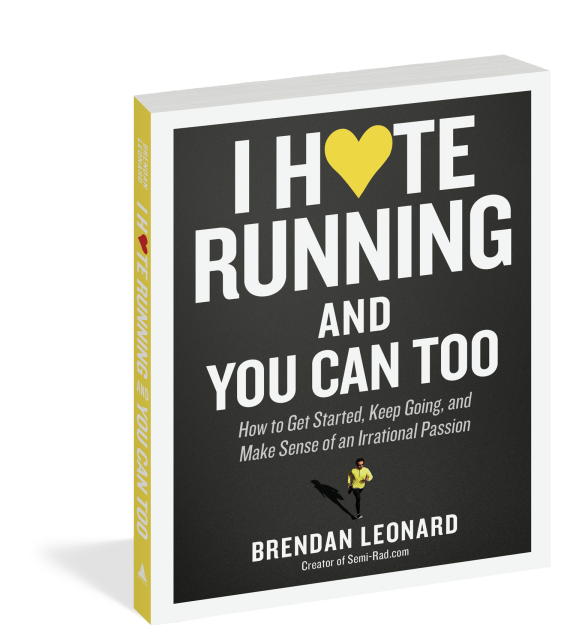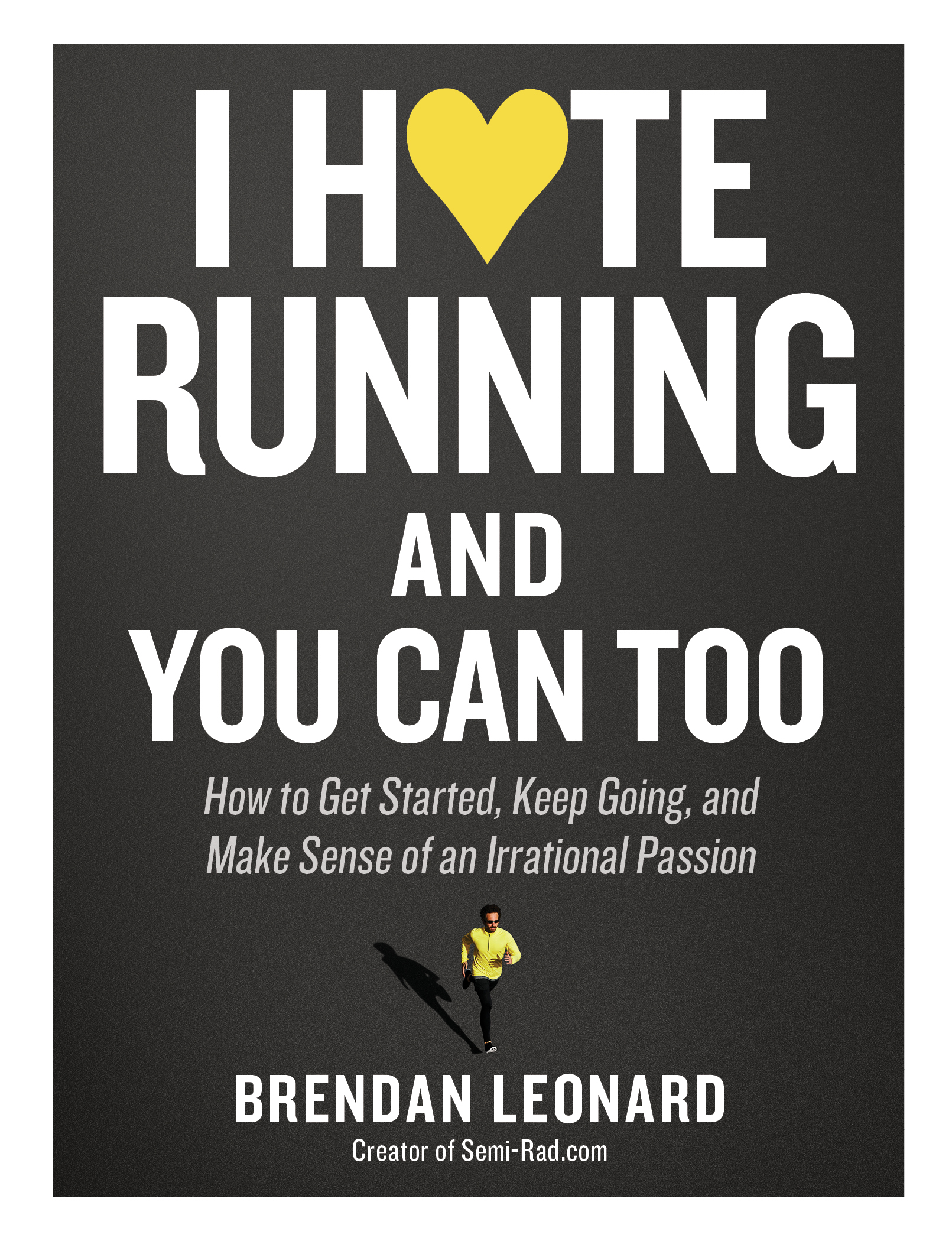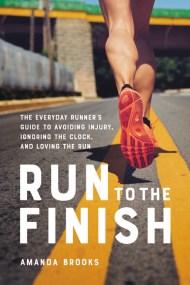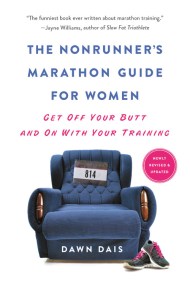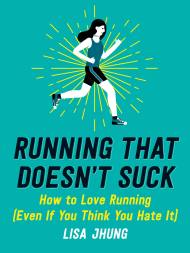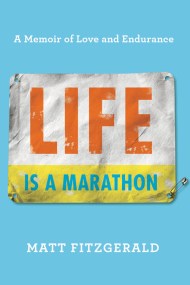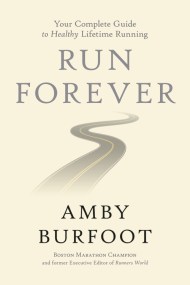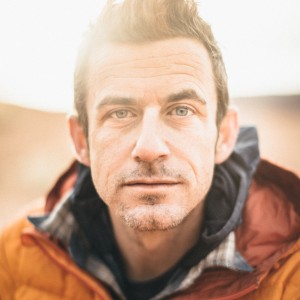Promotion
Use code MOM24 for 20% off site wide + free shipping over $45
I Hate Running and You Can Too
How to Get Started, Keep Going, and Make Sense of an Irrational Passion
Contributors
Formats and Prices
Price
$14.95Price
$19.95 CADFormat
Format:
- Trade Paperback $14.95 $19.95 CAD
- ebook $9.99 $12.99 CAD
This item is a preorder. Your payment method will be charged immediately, and the product is expected to ship on or around March 16, 2021. This date is subject to change due to shipping delays beyond our control.
Also available from:
BRENDAN LEONARD HATES RUNNING. He hates it so much that he once logged fifty-two marathon-length runs in fifty-two weeks. Now he’s sharing everything he’s learned about the sport so that you can hate it too.
Packed with wisdom, humor, attitude, tips, and quotes—and more than sixty illuminating charts—I Hate Running and You Can Too delivers a powerful message of motivation from a truly relatable mentor.
Leonard nails the love-hate relationship most runners have with the sport. He knows the difficulty of getting off the couch, teaches us to get comfortable with being uncomfortable, embraces the mix of running with walking. And he shares all that he’s learned—celebrating the mantra of “Easy, light, smooth, and fast,” observing that any body that runs is a runner’s body.
Plus Leonard knows all the practical stuff, from training methods to advice for when you hit a setback or get injured. Even the answer to that big question a lot of runners occasionally ask: Why? Easy: Running helps us understand commitment, develop patience, discover self-discipline, find mental toughness, and prove to ourselves that we can do something demanding. And, of course, burn off that extra serving of nachos.
Genre:
-
“Filled with empathy, understanding, and enthusiasm, I Hate Running and You Can Too made us love running more than ever and gave us bonus love
for charts that make you laugh until your stomach hurts.”
—Megan Roche, MD, and David Roche, authors of The Happy Runner and coaches whose athletes have won more than twenty U.S. national championship races
“As the author of Eat Bacon, Don’t Jog, I assumed I’d never run again. Then I read chapter two.”
—Grant Petersen, author and founder of Rivendell Bicycle Works
“Brendan has a mad genius way to convey the mundane aspects of running. No matter if you’re a total newbie or veteran runner, this book just might make you run a little farther or faster and have a laugh while doing it!”
—Scott Jurek, seven-time champion of the 100-mile Western States Endurance Run and New York Times bestselling author of Eat Run
- On Sale
- Mar 16, 2021
- Page Count
- 160 pages
- Publisher
- Artisan
- ISBN-13
- 9781579659882
Newsletter Signup
By clicking ‘Sign Up,’ I acknowledge that I have read and agree to Hachette Book Group’s Privacy Policy and Terms of Use
